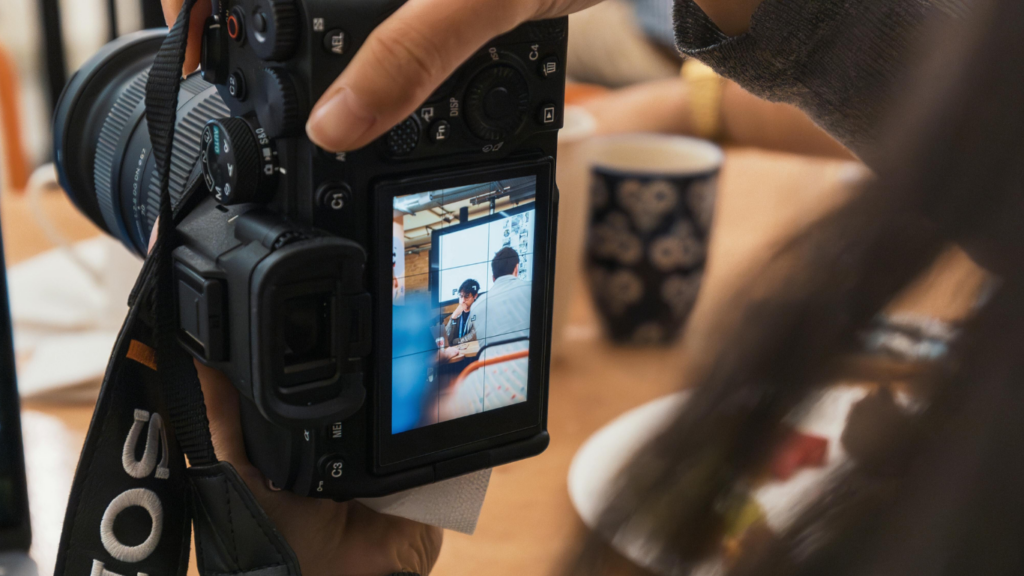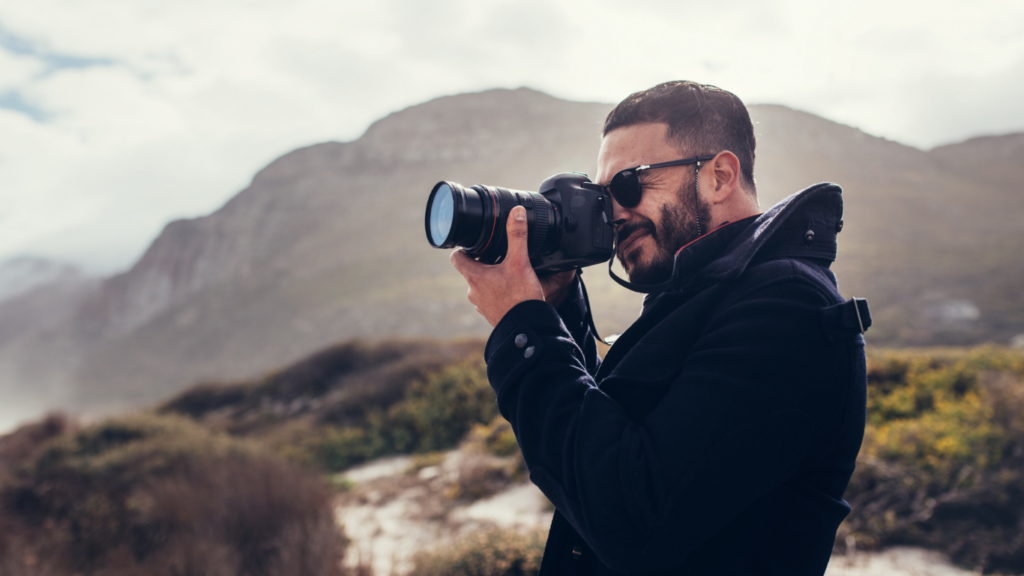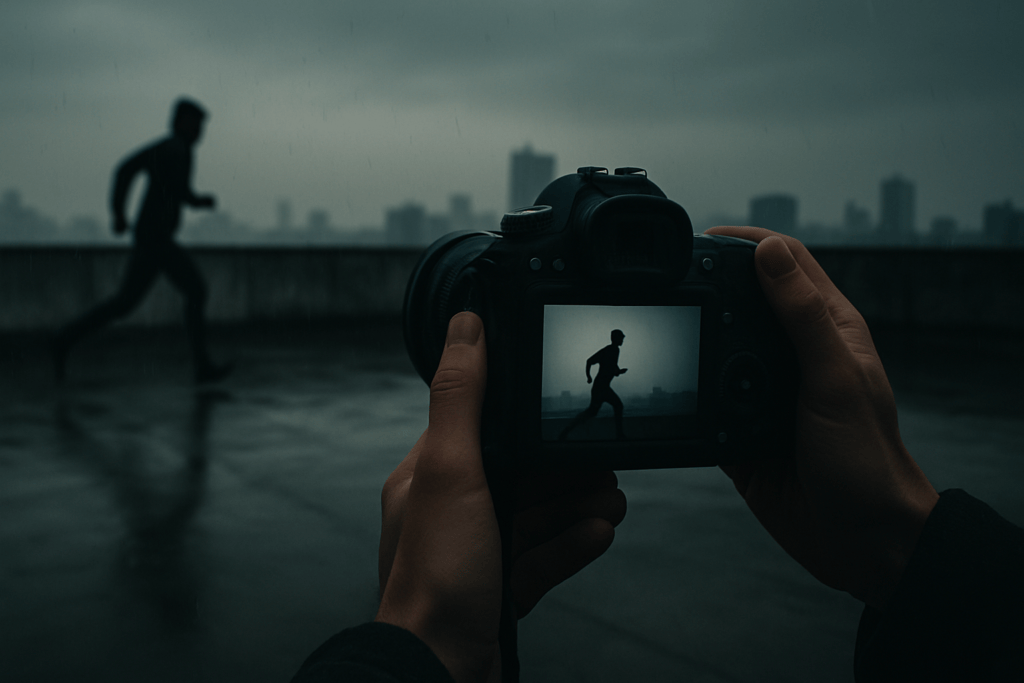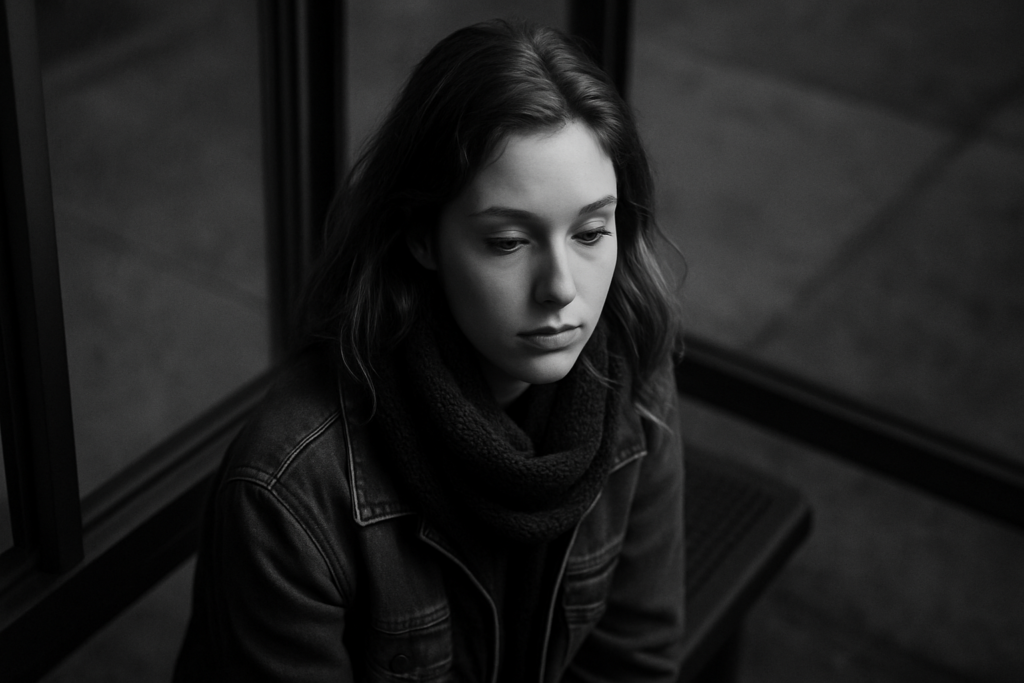When I first picked up a camera, manual mode felt like an intimidating mystery. All those settings—aperture, shutter speed, ISO—seemed overwhelming. But once I took the leap and started experimenting, I realized manual mode is the key to unlocking true creative control over my photos.
Understanding Manual Mode
I’ve found that manual mode unlocks a deeper level of control in photography, allowing me to adjust key parameters for ideal results. It empowers me to turn my creative vision into reality by bypassing automatic adjustments.
What Is Manual Mode?
Manual mode is a camera setting where I manually control aperture, shutter speed, and ISO to determine exposure. It removes automatic choices, enabling precise adjustments to brightness, depth of field, and motion capture. Using manual mode, I decide how light interacts with the sensor rather than relying on pre-programmed settings.
For instance, when I shoot a portrait, I can widen the aperture for a blurred background or use a faster shutter speed to freeze motion in action shots. This level of customization enhances creativity and execution.
Why Manual Mode Matters for Photographers
Manual mode matters because it offers complete creative freedom and increased photo quality. Automatic modes limit control, often producing generic results based on average lighting conditions. In manual mode, I can fine-tune settings to match specific scenes.
For example, when photographing a sunset, adjusting the ISO to a low value reduces noise, and managing shutter speed captures the right mix of light and color. This hands-on approach ensures my images align with my artistic goals, even in challenging conditions like low light or high contrast.
Key Camera Settings in Manual Mode
Mastering manual mode involves understanding the critical camera settings that directly impact exposure and image quality. I focus on:
- shutter speed
- aperture
- ISO
to achieve creative control.
Shutter Speed and Its Impact
Shutter speed determines how long the camera’s sensor is exposed to light. Fast speeds like 1/1000s freeze motion, ideal for sports or wildlife. Slow speeds, such as 1/30s, create motion blur, perfect for light trails or waterfalls. I consciously adjust shutter speed based on the subject and scene, ensuring proper exposure while capturing the intended effect.
Aperture and Depth of Field
Aperture regulates the amount of light entering the lens and affects depth of field. Wide apertures, like f/2.8, create shallow depth, blurring backgrounds for portraits. Narrow apertures, such as f/16, enhance depth, keeping foreground and background sharp for landscapes. I choose aperture settings based on artistic intent while balancing overall exposure.
ISO and Its Role in Exposure
ISO controls the sensor’s sensitivity to light. Low values like ISO 100 minimize noise in bright conditions, producing crisp images. Higher values, such as ISO 3200, improve visibility in dim lighting but risk graininess. I adjust ISO as the last step, ensuring it complements shutter speed and aperture settings without degrading image quality.
Balancing Exposure Triangle

Mastering the exposure triangle involves understanding how shutter speed, aperture, and ISO interact to create a well-exposed image. These three settings must be adjusted together to strike the right balance for any lighting condition or creative intent.
How Shutter Speed, Aperture, and ISO Work Together
Shutter speed determines how long the camera sensor is exposed to light. A longer exposure time brightens the image but can cause motion blur, while a shorter duration freezes motion but decreases brightness.
Aperture controls the amount of light entering the lens. Wider apertures (lower f-numbers like f/1.8) allow more light in, creating shallow depth of field effects, whereas narrower apertures (higher f-numbers like f/16) admit less light, offering sharper focus across a scene.
ISO measures the sensor’s sensitivity to light. Lower ISO values (like ISO 100) preserve detail and reduce noise in bright environments, while higher ISO settings (like ISO 3200) amplify light sensitivity for low-light shots, often at the cost of increased noise.
When adjusting these settings, changes to one component demand compensation in the others to maintain correct exposure. For example, if I increase shutter speed to freeze motion, I might open the aperture or raise ISO to ensure adequate brightness.
Tips for Achieving Perfect Exposure
- Use Metering Modes: Rely on the camera’s built-in light meter to gauge exposure. Spot metering works well for subjects with uneven lighting, while evaluative metering evaluates the scene as a whole.
- Practice Bracketing: Capture the same frame at different exposures by altering one setting slightly. This provides options during post-processing and helps identify the optimal combination of parameters.
- Adapt to Lighting Conditions: In bright sunlight, I lower ISO and narrow the aperture to prevent overexposure. For indoor scenes, I increase ISO and widen the aperture to maximize light capture.
- Utilize Manual Overrides Judiciously: While auto modes adjust settings dynamically, I make manual adjustments for challenging scenarios, like backlit subjects or high-contrast environments.
By understanding the interplay between shutter speed, aperture, and ISO, I confidently modify settings to achieve my desired exposure, even in complex lighting situations.
Essential Tools for Mastering Manual Mode
Having the right tools is key to mastering manual mode. These tools help enhance precision and provide insights into exposure, ensuring controlled and accurate photography.
Light Meters
A light meter measures the intensity of light in a scene, guiding exposure settings. Built-in camera light meters offer reflective metering, which reads light bouncing off the subject. I use these meters to assess exposure in real-time and adjust shutter speed, aperture, or ISO accordingly.
External light meters, on the other hand, measure incident light directly, providing even more accuracy. These are ideal for studio setups or high-contrast scenes where in-camera meters may struggle. Using both types ensures reliable exposure decisions, even in complex lighting conditions.
Histogram Usage
Histograms graphically represent the brightness distribution of an image. This tool allows me to analyze exposure levels after taking a shot. Peaks on the left indicate shadows or underexposed areas, while peaks on the right indicate highlights or overexposure.
I frequently check histograms to fine-tune settings like ISO or shutter speed based on the scene’s dynamic range. For instance, in high-key photography, I intentionally shift the histogram towards the highlights while avoiding clipping. Similarly, in low-light settings, I ensure the histogram avoids deep shadows that obscure details.
Practical Tips for Beginners
Learning manual mode can feel overwhelming initially, but breaking it down into manageable steps makes the process easier. Setting achievable goals while practicing consistently helps build confidence and skills.
Starting With Manual Mode
I recommend starting with aperture priority or shutter priority mode to understand how individual settings affect an image. These semi-automatic modes let you control one parameter while the camera adjusts the others. Once you’re comfortable, switch to full manual mode.
Experiment with static subjects in a controlled environment, such as a well-lit room or outdoor scene. Adjust the aperture, shutter speed, and ISO individually to see their impact. For example, use a wide aperture (e.g., f/2.8) for shallow depth of field or a fast shutter speed (e.g., 1/1000) to freeze action.
Metering modes built into most cameras provide guidance for achieving balanced exposure. Use the exposure indicator in the viewfinder or LCD to adjust settings until the meter reads a neutral value. Practice frequently to develop muscle memory for settings adjustments.
Overcoming Common Challenges
Understanding tricky lighting conditions is often the first hurdle. Overexposure happens in bright environments like midday sunlight. I reduce the ISO to its lowest setting (e.g., ISO 100), close the aperture slightly (higher f-stop), and increase shutter speed to control brightness. Conversely, in low light, I raise ISO and use a wide aperture for adequate exposure without causing too much noise.
Motion blur and sharpness can also challenge beginners. For moving subjects, I use a faster shutter speed, like 1/500 or above, depending on the motion’s speed. For static shots on a tripod, slower shutter speeds (up to several seconds) work well, particularly in long-exposure photography.
Balancing the exposure triangle is where many beginners struggle. I ensure minimum adjustments affect overall image quality by compensating between aperture, shutter speed, and ISO. For instance, if I open the aperture wider, I may reduce ISO or lower the shutter speed to maintain balance. Trial and error paired with consistent practice helps solidify this skill.




